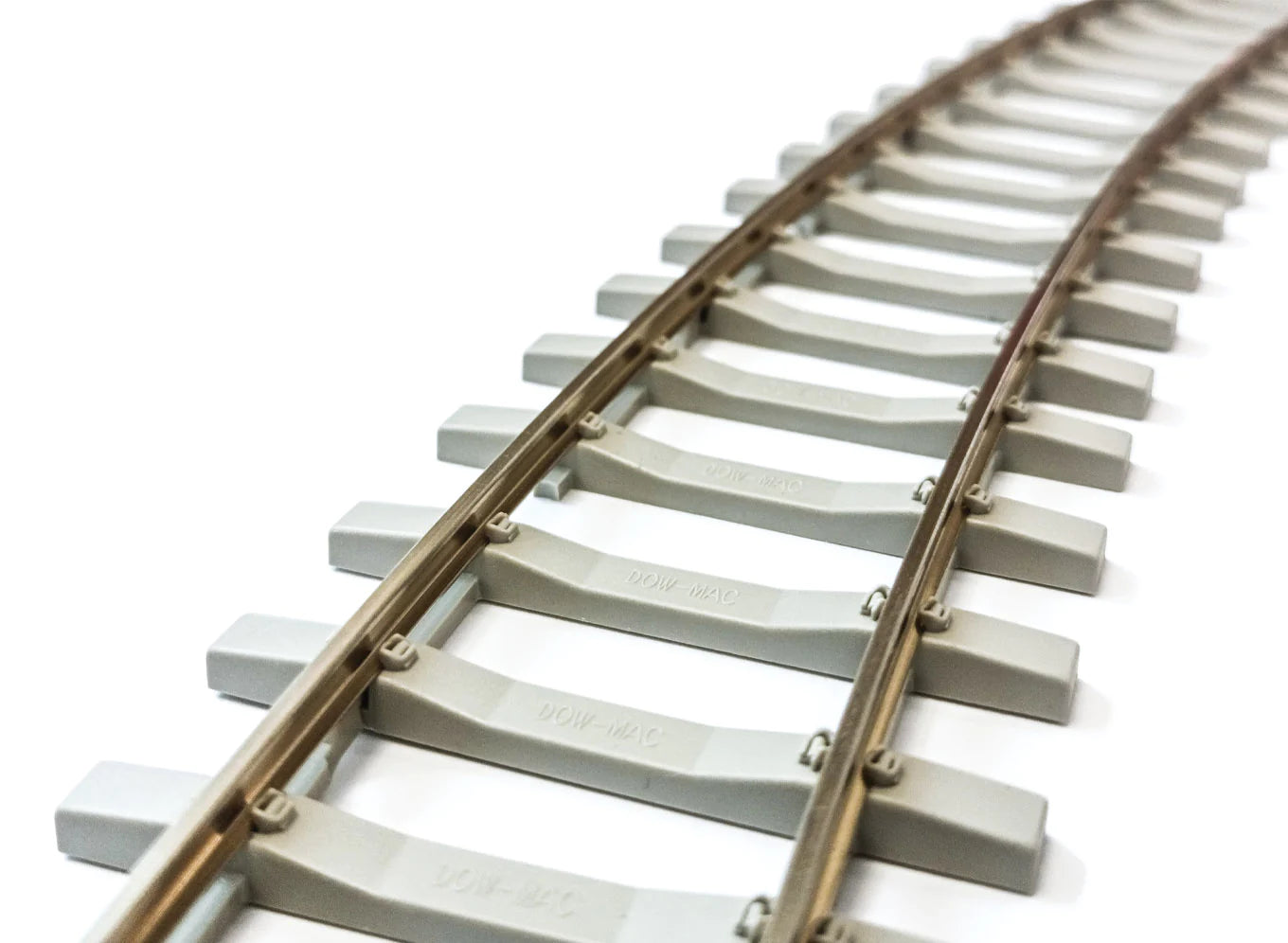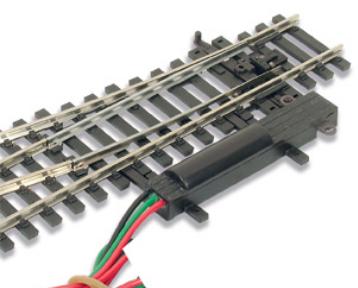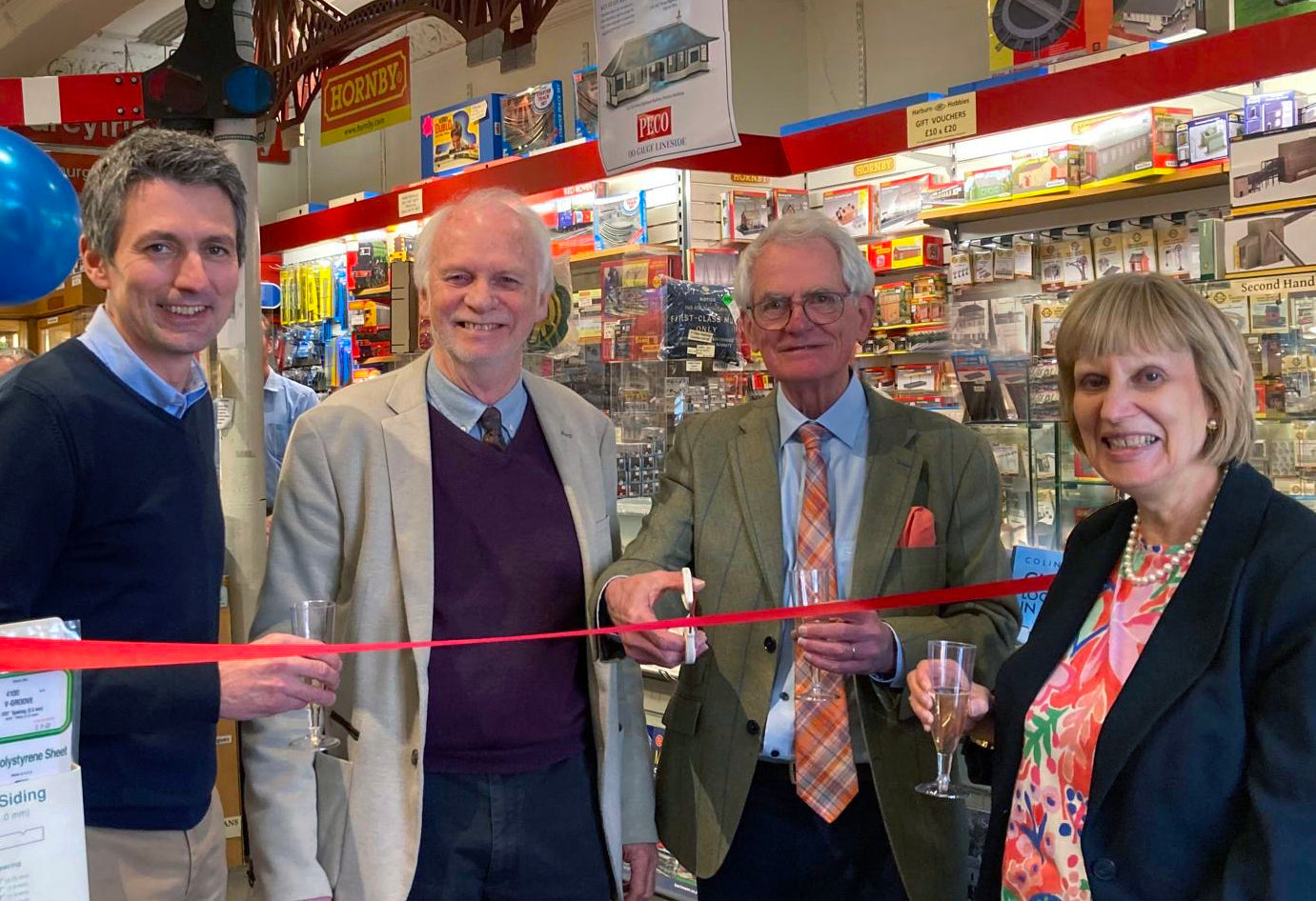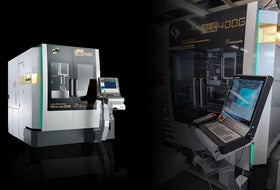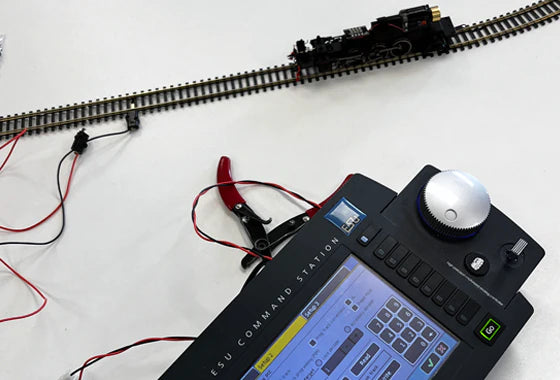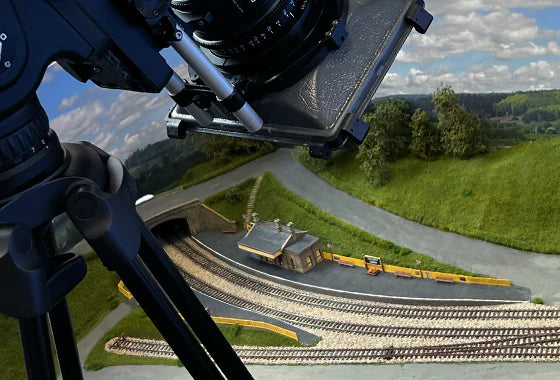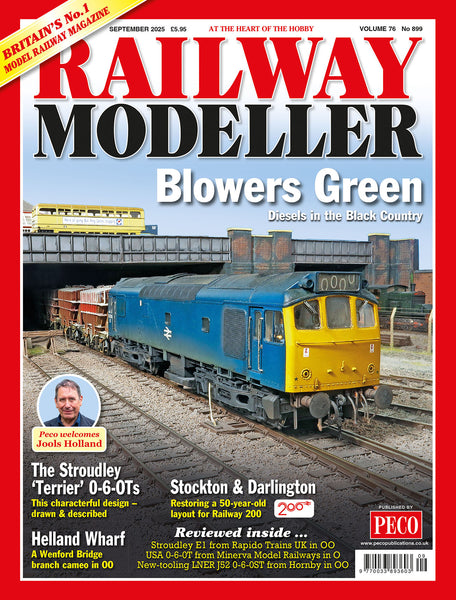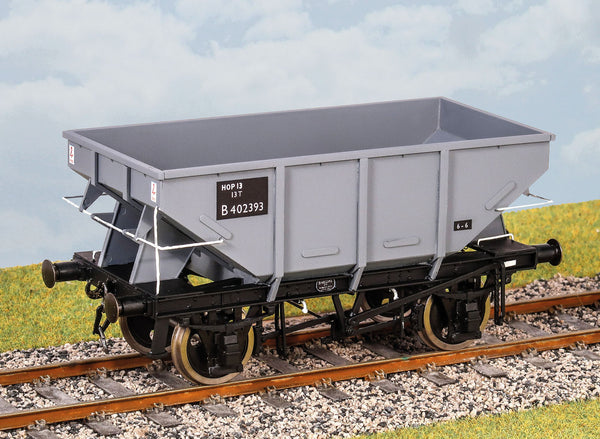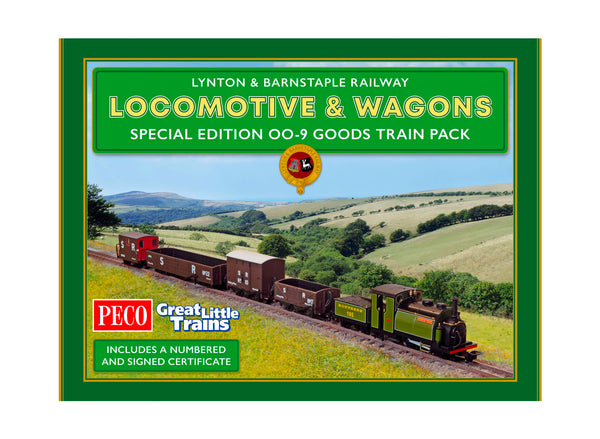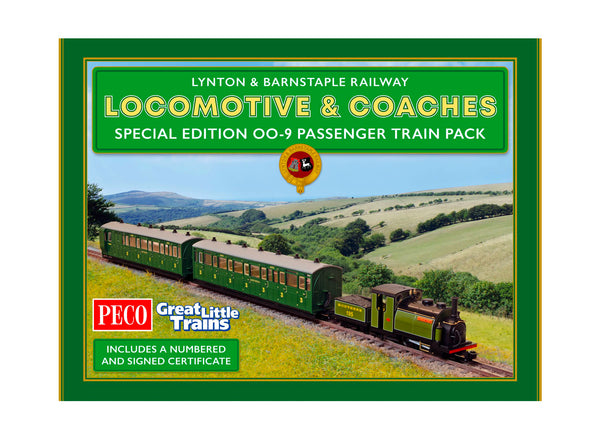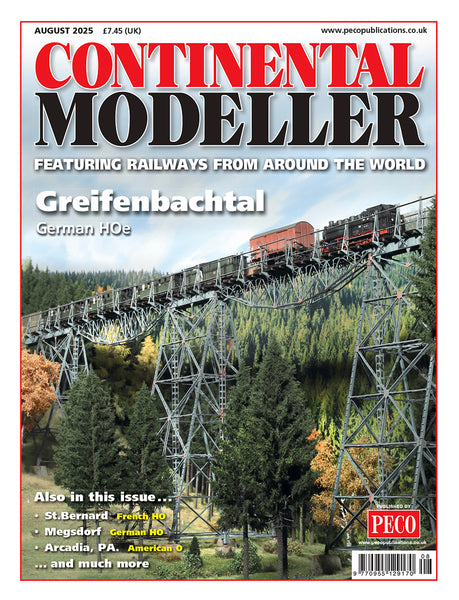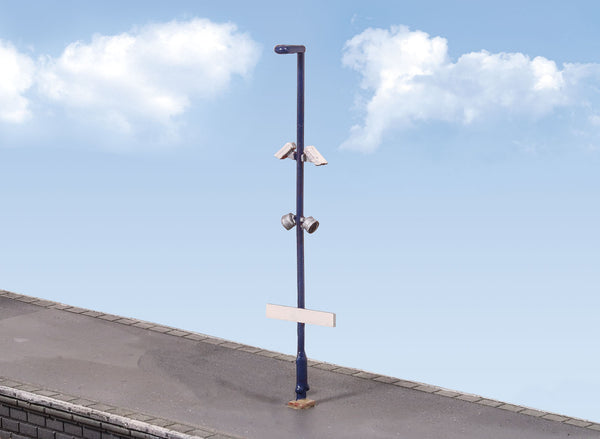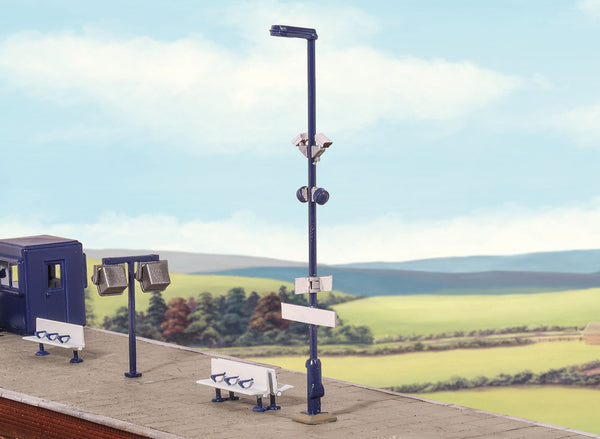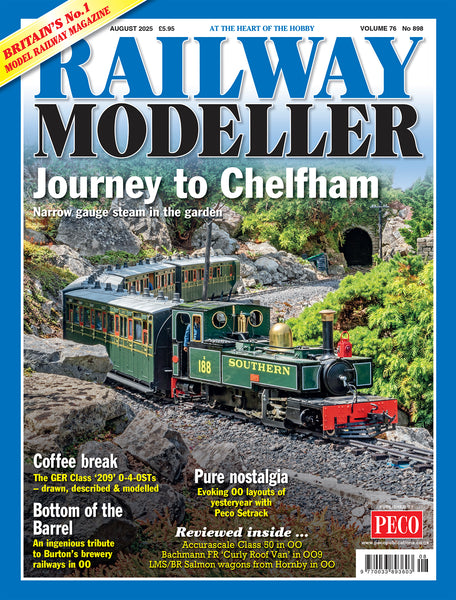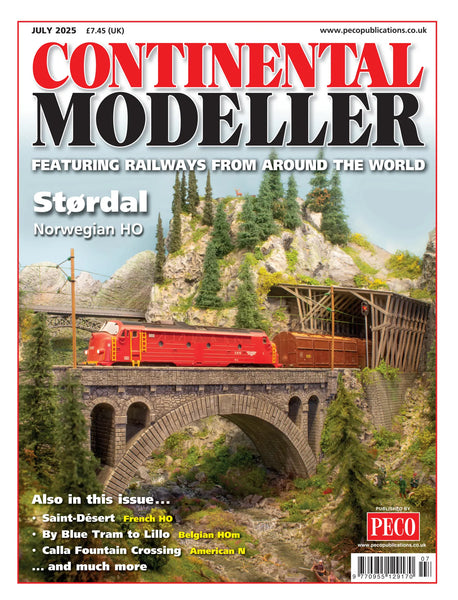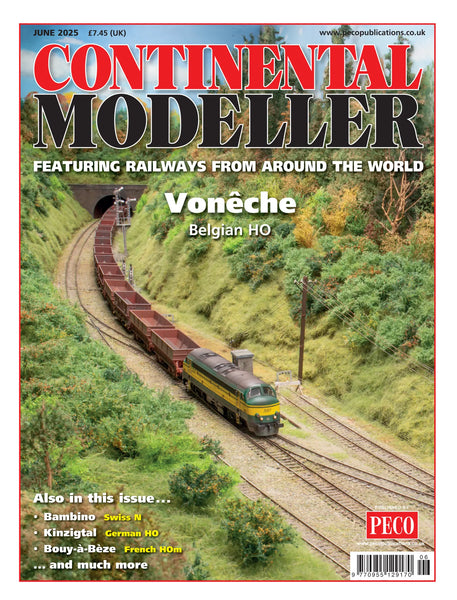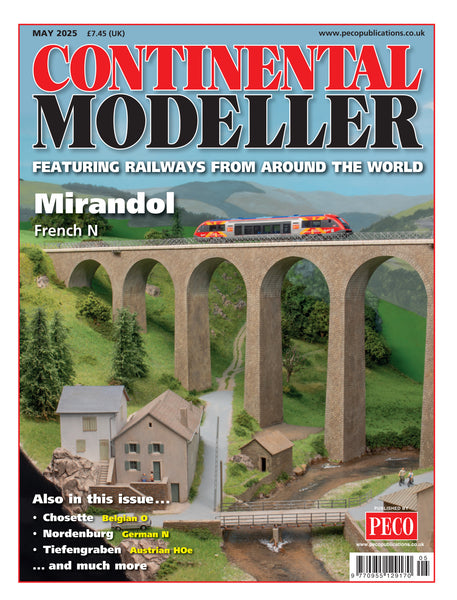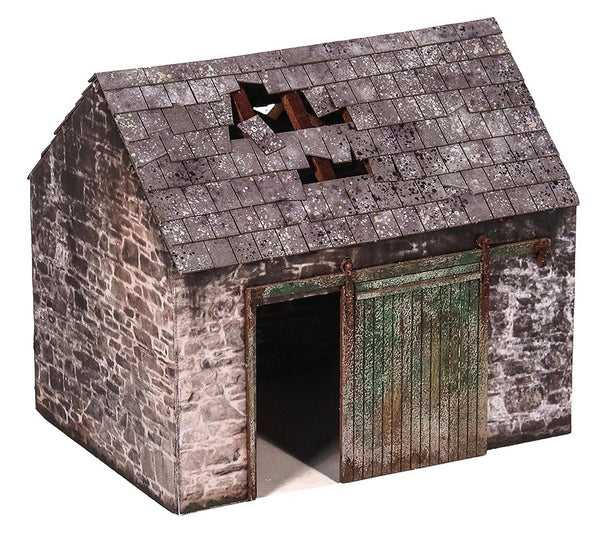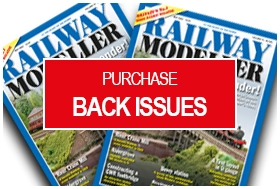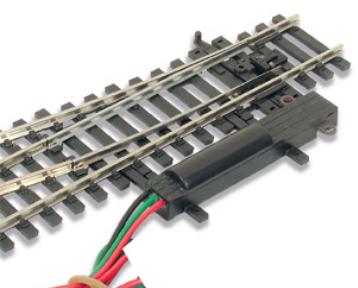BROWSE PECO PRODUCTS
Browse through our complete product portfolio.
2642 Products Found
RAILWAY MODELLER September 2025 Vol.76 No.899
RAILWAY OF THE MONTH
Buckhorn Weston
Maurice Lockwood describes how he created this extensive loft-based layout in 00 gauge, which plays host to a vast array of BR Southern Region steam-hauled services of the late 1950s to mid-1960s period.
PLAN OF THE MONTH
Island steam in TT:120
With PECO announcing a trio of laser-cut kits based on structures at Ventnor West, which will complement the forthcoming Hornby models of an Isle of Wight 'Terrier' and four-wheel coaches, modelling this station in 1:120 is set to become tantalisingly straightforward ...
PLUS ALL THE LATEST NEWS & REVIEWS...
O Gauge BR-LNER Steel Hopper Wagon Kit
The British Railways LNER 13-ton steel hopper wagon was based on an LNER design but produced in the early British Railways era between 1949 and 1953. It marked a step forward from earlier wooden-bodied wagons by using an all-steel, welded construction, which offered improved durability and reduced maintenance needs. The design reflected the LNER’s long-standing experience with mineral wagons, but was adapted for post-war production methods in BR workshops such as those at Shildon, Faverdale, and York.
Over 2,600 of these wagons were built, and they became a common sight in the North Eastern Region. This was partly because many goods yards in the area had coal-drop staithes, making the bottom-discharge hopper design especially efficient for unloading bulk materials. While they were primarily intended for transporting coal, the hoppers proved versatile and were later used to carry stone, sand, and other aggregates.
The 13-ton steel hopper was a reliable and workmanlike vehicle that served across the UK for several decades. Its robust construction meant it could withstand heavy use, and it became a mainstay of freight traffic in the post-war period. Although newer wagon designs eventually replaced them, some examples remained in service into the early 1980s, making them one of the longer-lived mineral wagon types of the mid-20th century.
Special Edition OO-9 Goods Train Pack
Inspired by one of Britain’s most beloved narrow-gauge railways – the Lynton & Barnstaple, these exclusive new packs feature the beautifully detailed KATO Large England locomotive “Exmoor Pony” paired with unique-liveried rolling stock – only available in these sets and not sold separately.
Each pack comes in a smart, collector-style presentation box, complete with custom packaging and a striking outer sleeve – perfect for displaying or gifting.
Special Edition OO-9 Passenger Train Pack
Inspired by one of Britain’s most beloved narrow-gauge railways – the Lynton & Barnstaple, these exclusive new packs feature the beautifully detailed KATO Large England locomotive “Exmoor Pony” paired with unique-liveried rolling stock – only available in these sets and not sold separately.
Each pack comes in a smart, collector-style presentation box, complete with custom packaging and a striking outer sleeve – perfect for displaying or gifting.
CONTINENTAL MODELLER August 2025 Vol.47 No.8
In this months issue...
RAILWAY OF THE MONTH - SAINT-BERNARD
Thomas Bossonet presents his popular French HO exhibition layout, a rural terminus in the steam era which includes many distinctive local features.
GREIFENBACHTALBRÜCKE
The late Jochen Klinger and Jens Petermann created an impressive HOe display showing what was once the highest narrow gauge railway bridge in Saxony.
PLAN OF THE MONTH - MEGSDORF
Southern Germany in the snow - Norman Raven describes his family's latest HO exhibition layout, named and presented in memory of his late wife.
+PLUS!
All the latest news, reviews and layouts from around the world!
Modern Platform Lamps
These Modern Platform Lamps kits represent the typical kind of lamp standard found, admittedly, not just on platforms, but along any street or thoroughfare. With optional attachments included, such as CCTV cameras, loudspeakers and station signs, these are very versatile kits for modellers. The N scale pack provides parts for 10 lamps.
Modern Platform Lamps
These Modern Platform Lamps kits represent the typical kind of lamp standard found, admittedly, not just on platforms, but along any street or thoroughfare. With optional attachments included, such as CCTV cameras, loudspeakers and station signs, these are very versatile kits for modellers in both scales. Produced mainly in plastic, with easy-to-assemble parts and clear instructions provided, the OO/HO scale kits have the added advantage of using brass tubing for the main posts, so give the option to be made operational (additional parts would need to be sourced).
RAILWAY MODELLER August 2025 Vol.76 No.898
RAILWAY OF THE MONTH
The Dial Hill Railway
David Stockwell recounts the childhood influences that led to him modelling the Southern Railway-operated 1' 111h" gauge Lynton & Barnstaple Railway in 16mm scale, complete with an impressive replica of the line's Chelfham Viaduct.
PLAN OF THE MONTH
Pure nostalgia!
Thomas Burnham proposes an intensive 00 gauge plan using Peco Setrack components, which seeks to rekindle the excitement of Hornby Dublo layouts from the 1950s and 1960s.
PLUS ALL THE LATEST NEWS & REVIEWS...
CONTINENTAL MODELLER July 2025 Vol.47 No.7
In this months issue...
RAILWAY OF THE MONTH - ST0RDAL
From Hell to Dovrefjell - ModelSpoorGroep Valkenswaard introduce their Norwegian HO exhibition layout, an imaginary location chosen to include typical features.
CJ @ 13
Emmanuel Nouaillier demonstrates more of his techniques for intricately detailed structure modelling.
PLAN OF THE MONTH - SAINT-DESERT
A wayside station on a former PLM secondary line - Regis Deroussin introduces his home HO layout, which manages to include a station, a junction, and an impressive viaduct, in a reasonable space.
+PLUS!
All the latest news, reviews and layouts from around the world!
CONTINENTAL MODELLER June 2025 Vol.47 No.6
In this months issue...
RAILWAY OF THE MONTH - VONECHE
On the Athus - Maas line: MSC De Kempen present their new Belgian HO exhibition layout, set in Epoch Ill-IV to allow steam and diesel traction.
BOUY-A-BEZE
A seaside town served by a metre gauge secondaire - MSC Het Spoor vzw introduce their HOm evocation of a French coastal light railway.
PLAN OF THE MONTH - KINZIGTAL
German HO in the loft - Ian David describes his layout, which has been developed in two stages.
+PLUS!
All the latest news, reviews and layouts from around the world!
CONTINENTAL MODELLER May 2025 Vol.47 No.5
In this months issue...
RAILWAY OF THE MONTH - POTTENDORF
IN THE CÉVENNES - passing through the Massif Central, a set of three linked French N scenes.
BYRHH
BYRHH – part 2: Emmanuel Nouaillier crafts a scene around – and within – a product promoting a famous French brand.
PLAN OF THE MONTH - ILLIUM
NORDERNBURG – a German N permanent layout.
+PLUS!
All the latest news, reviews and layouts from around the world!
SMS OO Derelict Barn
A versatile small barn/stores kit which can be assembled as a derelict or pristine building with a choice of wall finishes.
